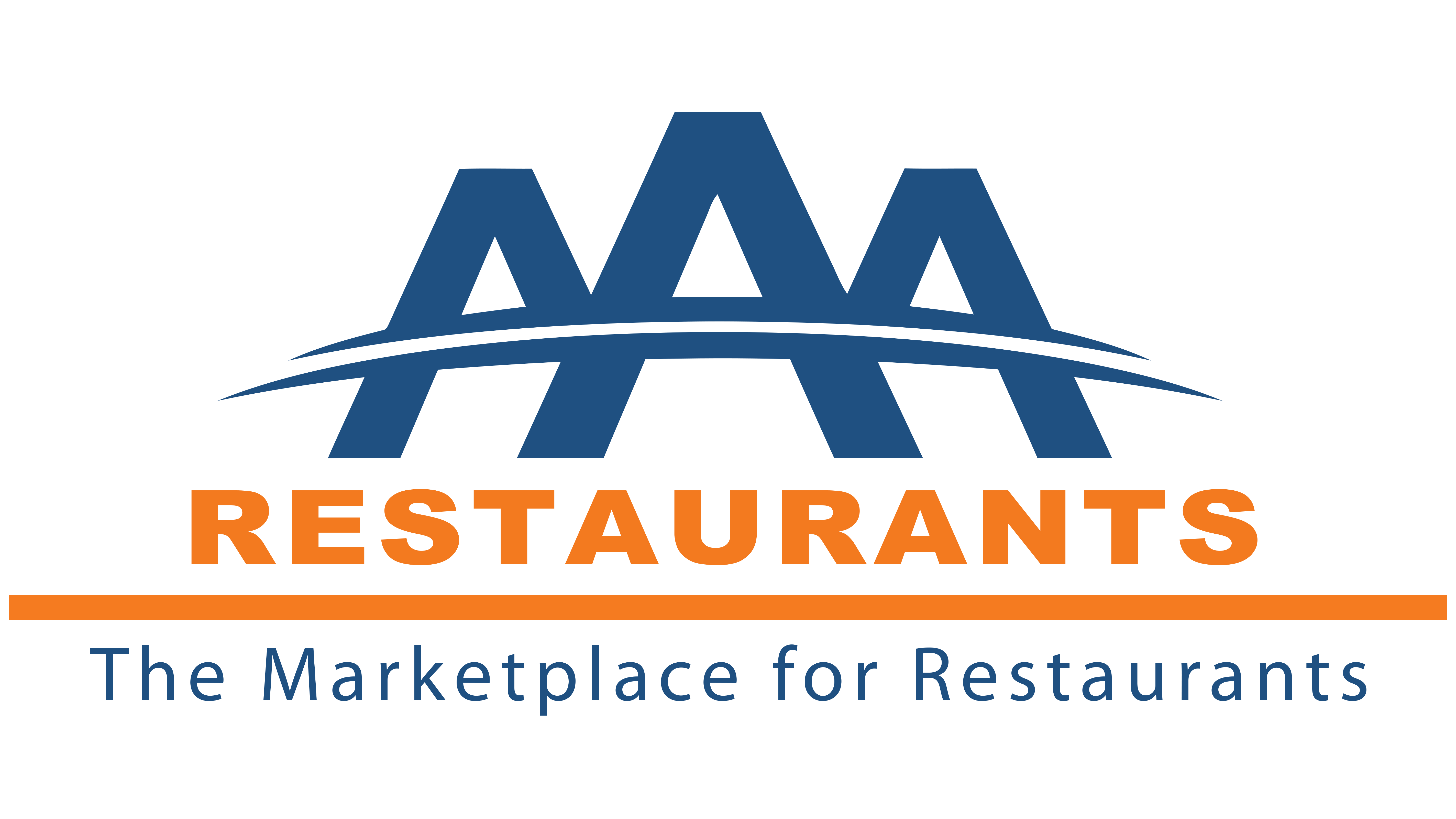
Managing health and safety within the context of restaurants and food outlets presents unique challenges that differ from ensuring safety in other workplaces. Neglecting proper health and safety practices in the kitchen can result in injuries, legal complications, and potentially fatal consequences.
For restaurants, Health, Safety, and Environment (HSE) considerations revolve around ensuring the well-being of both staff and customers. The HSE Network has devised a checklist outlining best practices for conducting food safety checks in a restaurant. Here, we delve into the key points of a food health and safety checklist and highlight the critical areas to address.
1. Maintain Accurate Records and Conduct Regular Checks
Keeping thorough records of the workplace and conducted checks is crucial in catering. This practice provides a consistent history of incidents and food deliveries. Labeling food with dates, ensuring proper stock rotation, and displaying cooking and reheating temperatures on food items are best practices. Safe storage below 5 degrees Celsius and heating above 60 degrees Celsius are essential for ensuring food safety.
2. Adhere to Food Hygiene Regulations
Compliance with food hygiene regulations is paramount. The food standards agency has the authority to close non-compliant workplaces. Staff handling food should possess a level 2 food hygiene certificate. While in the UK, staff training responsibility falls on the employer, a combination of certification and practical training is recommended for optimal results. Consider public liability insurance to address potential incidents.
3. Scrutinize Equipment and Work Surfaces
Maintaining meticulous cleanliness of work surfaces in the kitchen is essential for food safety. Regular sanitization and preventing cross-contamination contribute to a safe workplace. The food standards agency recommends color-coded chopping boards for different food types. Proper cleaning and storage of chopping boards, avoiding direct contact with food on metallic surfaces, and ensuring equipment cleanliness are crucial for health and safety compliance.
Health and Safety Inspection Checklist
Routine health and safety inspections are conducted every six months to maintain industry standards. Key areas evaluated during an inspection include:
The Workplace:
- Pest control system in place
- Separate sinks for dish, hand, and food washing
- Regular cleaning of equipment
- Correct temperature maintenance in fridges
- Clean and organized storage areas
Safety Procedures:
- Use of protective equipment when working with food
- Implementation of hairnets or tied hair for workers
- Presence of a first aid kit
- Stock control procedures
- Safe thawing and reheating of food
- Separate preparation areas for raw and cooked foods
- Adequate stock of hand sanitizer and soap
- Use of single-use cloths for cleaning
Food Safety Management System:
- Existence of a cleaning schedule
- Evidence of safety procedures
- Compliance with correct cooking and storage temperatures
- Relevant qualifications for staff
- Adherence to proper handwashing procedures
- Use of clean food probes
These areas serve as a pre-inspection checklist, ensuring compliance and promoting good practices within the workplace. Upholding these standards not only meets compliance criteria but also enhances the quality of food and the overall professionalism of the establishment from a health and safety perspective.
Conclusion:
While health and safety in catering may seem burdensome, it is indispensable for the well-being of both workers and customers. By following the outlined rules and adopting best practices from the Health and Safety Executive, establishments can successfully navigate food hygiene inspections and strive for a 5-star rating. This commitment is crucial for maintaining competitiveness and ensuring a steady stream of customers through the doors. For a more holistic approach to health and safety management, small businesses can refer to our health and safety checklist, covering top-level procedures.
Source/s: https://www.webstaurantstore.com/article/374/restaurant-business-goals.html
The information provided on this website does not, and is not intended to, constitute legal advice. Please refer to our Terms of Use for more details.
